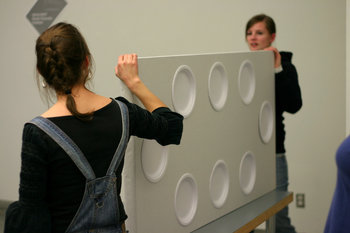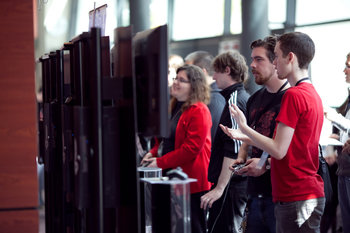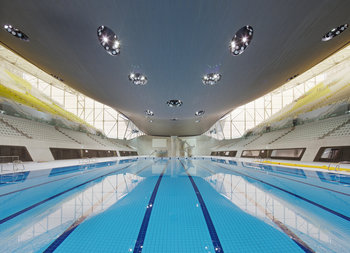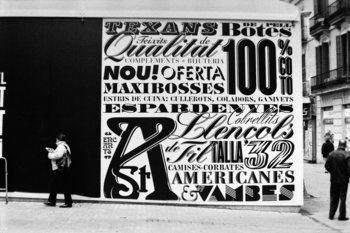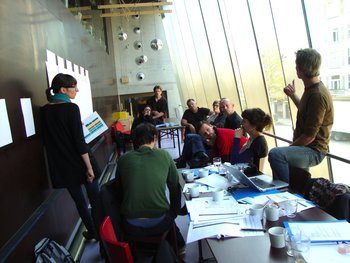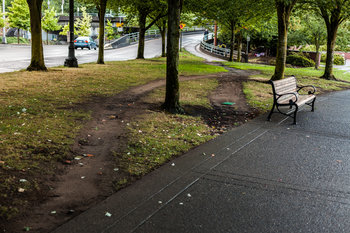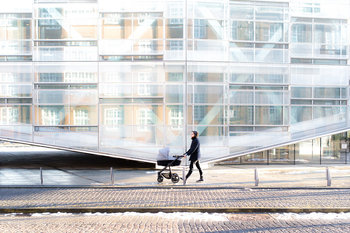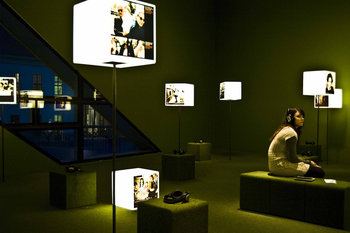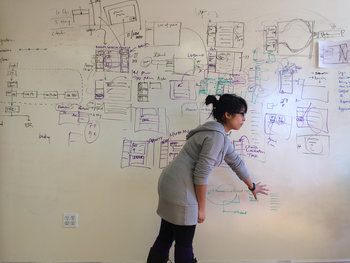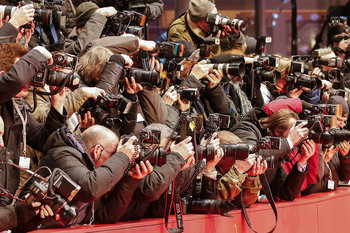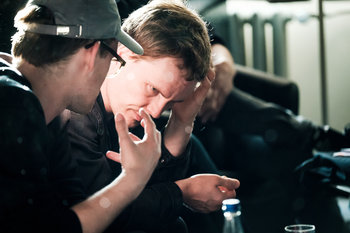
Functional
A design that fails to achieve planned functionality. For example, software that allows users to configure it but then ignores configuration settings.Customer Experience
A feature, function, behavior, look, feel or flow that results in a poor customer experience such as a device that is always beeping with no easy way to turn beeps off.Usability
A user interface that customers find to be clumsy, slow, counterintuitive or useless. For example, software that is crowded with cryptic icons with no clear function or hint as to what each does.Feasibility
A design that can't be built due to constraints that the design fails to consider. This typically results from incorrect assumptions or miscalculation such as an interior design that doesn't actually fit into the available space.Errors
A design that fails to handle errors in a reasonable way. For example, unnecessarily halting on minor errors.Performance
Products, services, processes, tools and machines that fail to achieve a reasonable level of performance such as a car navigation system with a slow processor and bloated software.Sensory Design
A design that fails with respect to sight, sound, touch, taste or smell such as a child's toy with a chemical smell to it.Accessibility
A design that is difficult for some people to use such as a building that can't be accessed by people with disabilities.Risk
A design that introduces needless or unacceptable risks such as a child's toy with needlessly sharp edges.Latent Human Error
A user interface that is likely to produce human error due to unclear controls or lack of validation. For example, a stock trading app that allows users to enter quantity as price and vice versa.Structure
Poor structure such as a building filled with odd shaped rooms that are difficult to use.Operational
A product, service, process, facility, environment or machine that is unreasonably expensive or dangerous to operate. For example, a building that fails to consider energy loss that is unacceptably expensive to heat and cool.Compatibility
A design that isn't compatible with the real world. For example, electronics that place connection ports too close together that don't work with the width and shape of many cords available on the market.Reliability
A product, service, infrastructure component or machine that experiences excessive downtime due to design issues. For example, a network device that is prone to overheating and crashing due to a power saving design that often turns off cooling features.| Overview: Design Flaw | ||
Type | ||
Definition (1) | A design that fails to meet requirements or to serve customer needs. | |
Definition (2) | A quality issue that is designed into a product or service. | |
Related Concepts | ||




